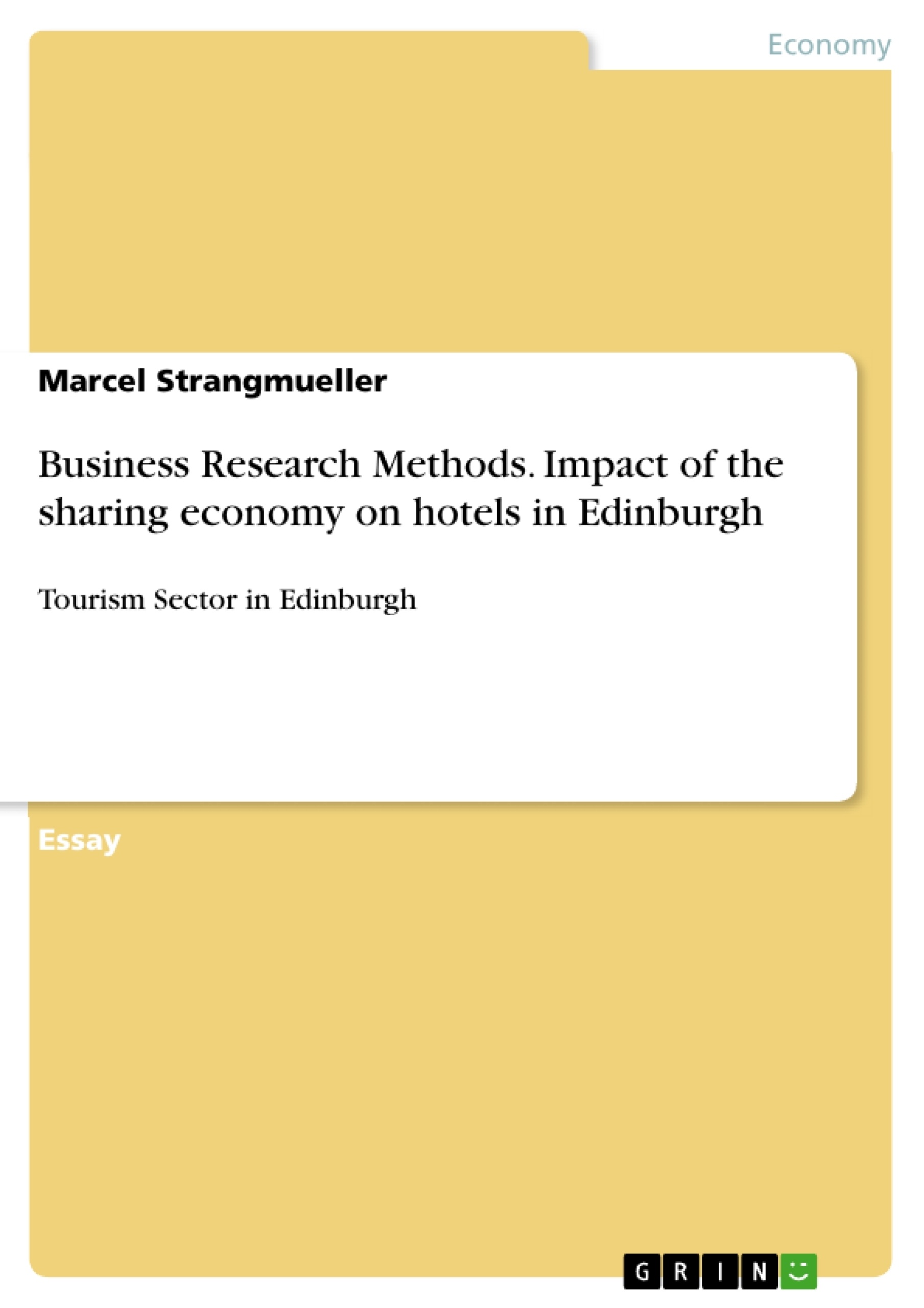This paper shows how research could be done on the topic of Tourism in Edinburgh, Scotland. The focus here lies on the theory of research rather than the conduction of the research itself. Methodology, Methods and approaches to research were explored.
Table of Contents
1. Introduction
2. Context
3. Methodology and Methods
3.1 Qualitative research design
3.2 Quantitative Research design
3.3 Qualitative Methods
3.4 Quantitative Methods
4. Sampling
5. Conclusion
References
Excerpt out of 11 pages
- scroll top



